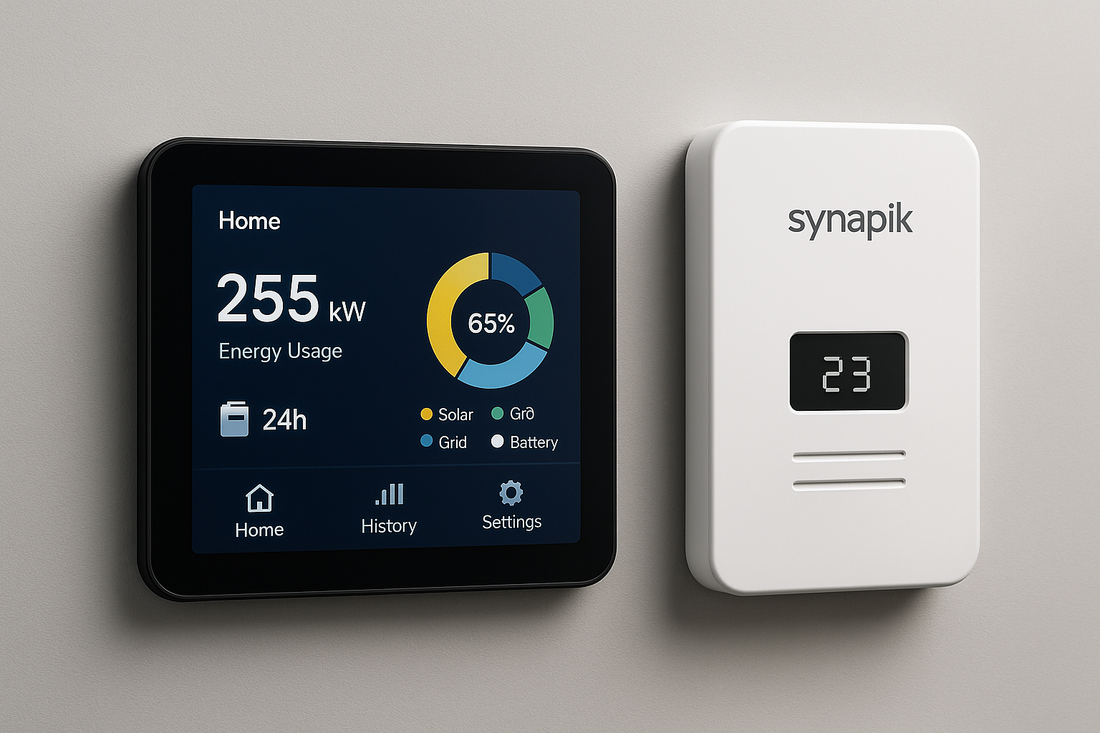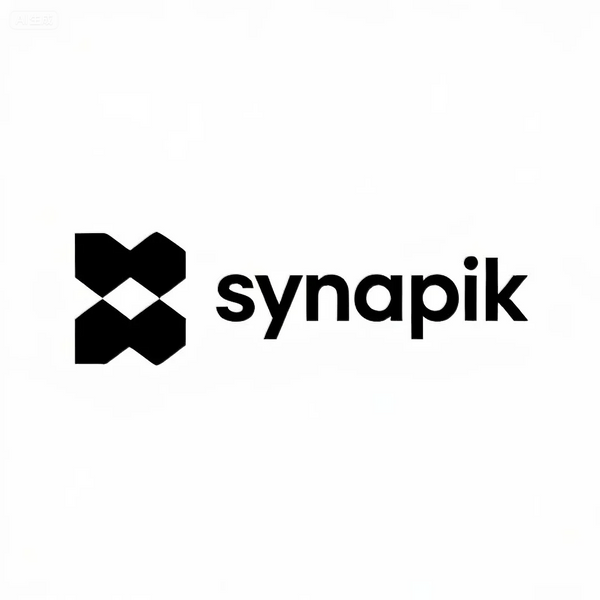
Energy Management vs Energy Efficiency: Key Differences Explained by Synapik
Share
Why This Distinction Matters
In 2025, terms like energy management and energy efficiency are often used interchangeably. While they share the same goal—reducing energy waste and costs—they are not identical. Energy efficiency is about using less energy to perform the same task, while energy management is a broader strategy that involves monitoring, controlling, and optimizing energy use over time.
At Synapik, we believe understanding this difference is critical. By combining both, households and organizations can maximize savings, boost sustainability, and future-proof their energy systems.
Defining the Concepts Clearly
What Is Energy Efficiency?
Energy efficiency focuses on technology and equipment improvements. Examples include LED lighting, energy-efficient appliances, and better insulation.
-
Example: Replacing a 60W incandescent bulb with a 10W LED bulb that produces the same brightness.
What Is Energy Management?
Energy management is a systematic process of measuring, analyzing, and optimizing energy use. It goes beyond one-time improvements, creating continuous savings.
-
Example: Using a Synapik platform to monitor energy consumption in real time and adjust HVAC, lighting, and equipment accordingly.
Scope and Application
Energy Efficiency Scope
-
Focuses on devices and upgrades
-
Provides one-time savings
-
Technology-driven
Energy Management Scope
-
Covers entire energy systems
-
Provides ongoing optimization
-
Data-driven and process-focused
Synapik integrates both approaches, ensuring not only efficient devices but also smart management systems that evolve with user needs.
Short-Term vs Long-Term Approach
-
Energy Efficiency: Delivers immediate savings by reducing consumption with better technology.
-
Energy Management: Delivers sustainable, long-term results through continuous monitoring and adjustments.
For example, energy-efficient lighting saves money today, while Synapik’s energy management ensures those savings are maximized every year.
Role of Technology in Each
-
Efficiency Technology: LED bulbs, energy-efficient HVAC, low-consumption appliances.
-
Management Technology: Smart meters, AI-driven dashboards, automated control systems.
Synapik’s solutions combine both—offering efficient technology supported by AI-driven management platforms.
Cost Implications
Energy Efficiency Costs
-
Requires upfront investment in new equipment.
-
ROI is usually seen within months or a few years.
Energy Management Costs
-
Requires software, sensors, and ongoing monitoring.
-
ROI grows over time with continuous improvements.
Together, they provide the highest financial benefit. Synapik clients often see combined savings of 30–50% on energy bills.
Sustainability and Environmental Impact
-
Energy Efficiency reduces energy demand per device.
-
Energy Management ensures the overall system uses energy responsibly and integrates renewables.
Synapik supports green transitions by combining efficient devices with smart management to minimize carbon footprints.
Business Applications
-
Efficiency Example: A factory installs energy-efficient motors.
-
Management Example: Synapik monitors machine usage, adjusts schedules, and optimizes production to avoid peak-hour energy costs.
Household Applications
-
Efficiency Example: Replacing old appliances with energy-efficient models.
-
Management Example: Using Synapik to automate lighting and HVAC based on occupancy and weather.
The Synapik Approach: Blending Both
At Synapik, we don’t believe in choosing between energy management and energy efficiency. Instead, we combine them to deliver:
-
Maximum cost savings
-
Greater sustainability
-
Smarter automation
-
Long-term resilience
FAQs About Energy Management vs Energy Efficiency
Q1: Which should I prioritize first—efficiency or management?
Start with efficiency upgrades, then implement Synapik energy management for ongoing optimization.
Q2: Are energy management systems expensive?
No. Costs have dropped significantly, and ROI is high with Synapik’s solutions.
Q3: Can households benefit from energy management?
Yes. Even small homes save energy and money with monitoring and automation.
Q4: Does energy management require smart devices?
Not always, but integration with smart devices maximizes performance.
Q5: How much can I save by combining both?
Synapik clients typically save 30–50% on energy costs.
Q6: Does energy management help with renewable energy use?
Yes. Synapik systems integrate solar, wind, and batteries for a smarter energy mix.
